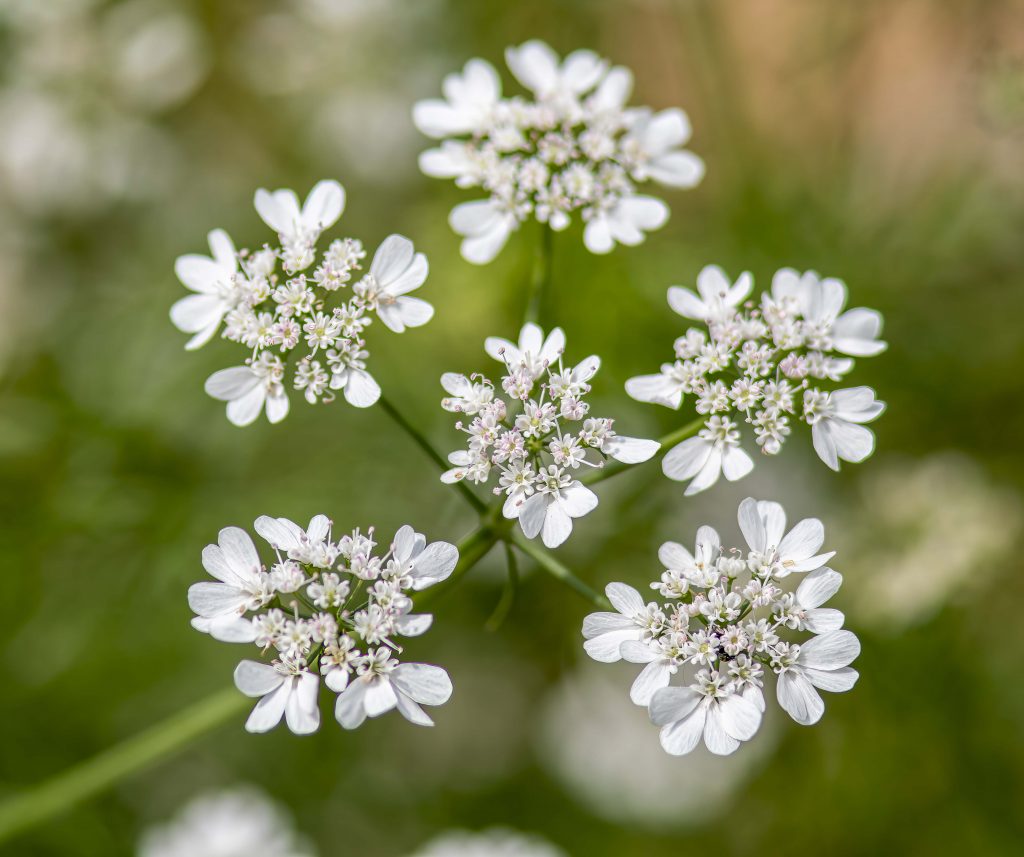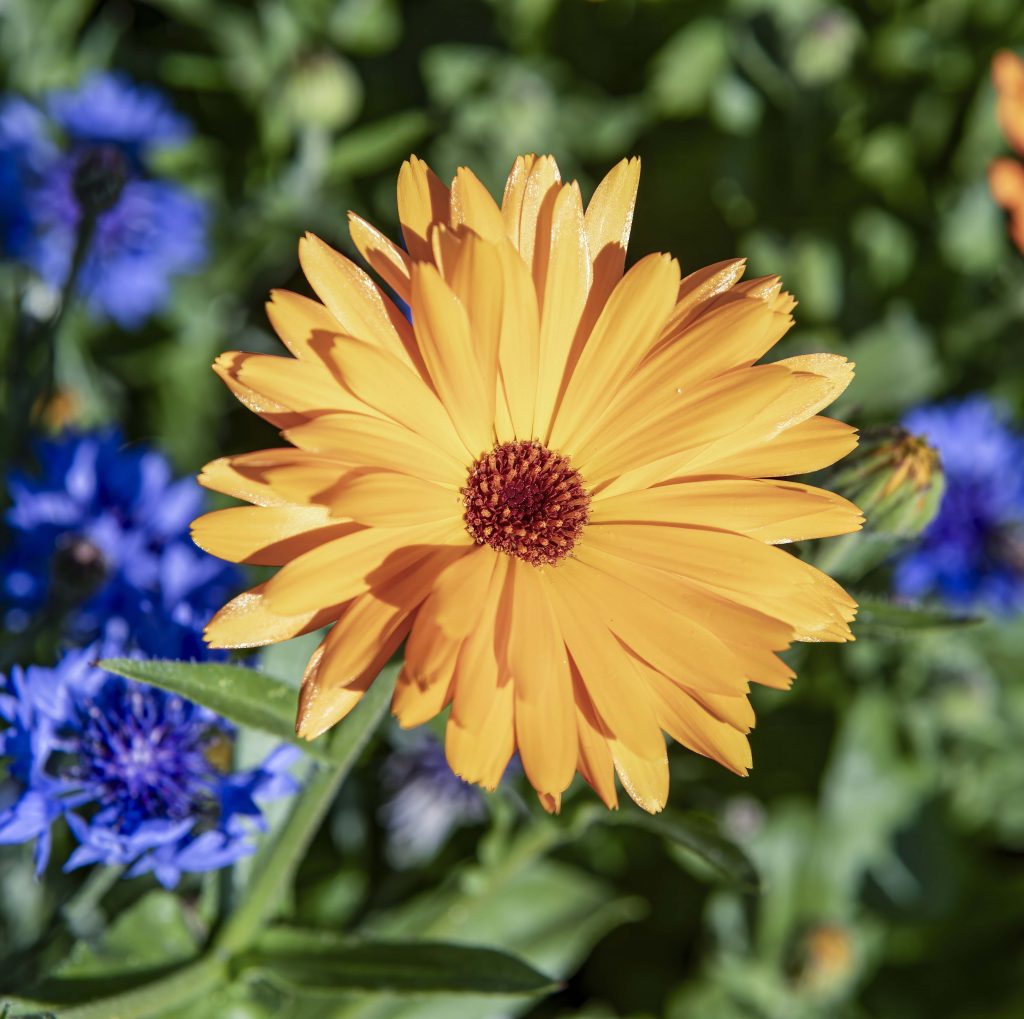Flowers that taste as good as they look
In addition to colour and a beautiful aesthetic, many flowers can provide flavour to food. Rosie Fyles, our Head of Gardens, showcases some of the edible blooms we’re cultivating right here in Chiswick.
Edible flowers were traditionally a key component of English Kitchen Gardens, and over the spring season we’ve been working with two local community groups, Masbro Elders Project and Trinjan, to re-introduce flowering plants that they would like to use in their cooking at home. Since we’ve grown most of the flowers from seed, cuttings or small plants it will take a while to establish the full potential of these plants. But from July, we hope to be inviting visitors to ‘pick their own’ edible flowers to sample.

Here’s some of the edible flowers you can pick and taste in the Kitchen Garden:
Annuals
- Many of the annuals you grow for leaves or root crops have great-tasting flowers – peas, radish, coriander, and rocket all produce valuable edible flowers. Try them before they turn to seed.
- Pot marigolds (Calendula officinalis) – peppery petals that, fresh or dried, can also be used for colouring, and nasturtiums for their even stronger taste.

Perennials
- Clove pink (Dianthus caryophyllus) – which has a pleasant, clove-like taste and can be steeped in wine or syrup
- Fennel – try sprinkling petals on fish for a sweet, aniseed flavour
- Tagetes ‘Lemon Gem’ – Tagetes with flowers that have a nice citrusy flavour
As well as sampling the edible flowers in our Kitchen Garden you can also try your hand at growing them yourself. In just a small bed you could grow enough flowers to eat and adorn your dishes throughout summer. My advice would be to grow a mix of perennials such as lavender, rosemary, sage, and thyme grown to flower along with some annuals.
But a few words of warning… if you suffer from allergies be careful when eating flowers and remember that not all flowers are edible. Any flowers grown using pesticides should not be eaten. Generally, eat petals, not whole flowers and make sure your flower patch is as weed-free as it can be. Don’t eat anything unless you know it is of an edible variety.

Even if you don’t eat them yourself, by growing flowers you’re helping feed the hungry pollinators. It’s a beautiful way to make your garden more delicious for all!
The Kitchen Garden is open Thursday-Sunday, 11am-4pm. Book tickets. Members go free. Visit from July to sample our edible flowers.